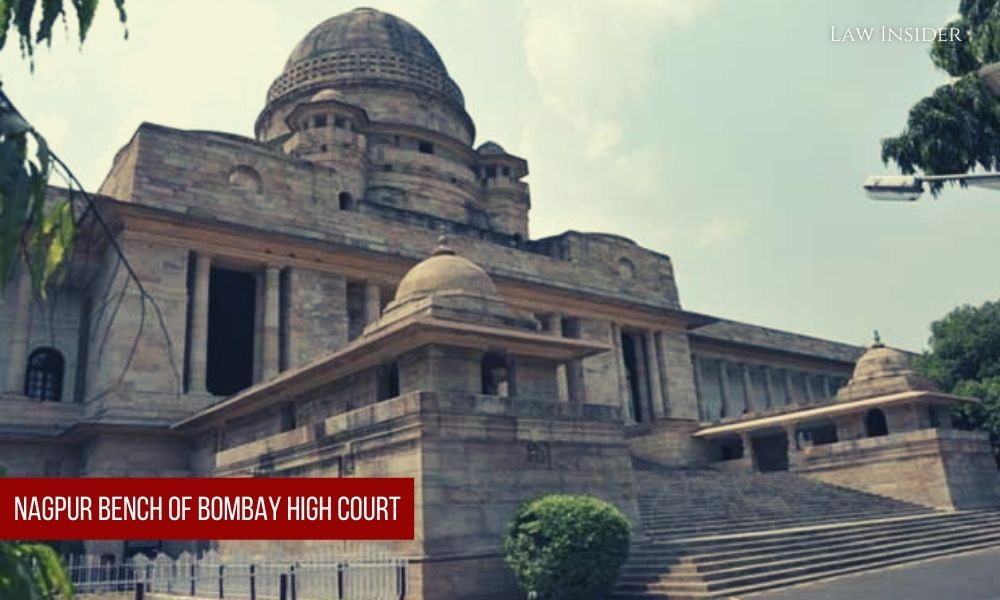Aastha Thakur
Published on: 01 November 2022 at 13:00 IST
Nagpur Bench of High Court of Bombay said that the terminology explanation ‘prohibited place’ in the Official Secrets Act, 1923 is comprehensive and exhaustive but police station has not been included as one of the establishments or places under it.
The court stated this when it dismissed a FIR filed in July against a man who had been charged under Section 3 of the Act for recording inside a police station in 2018.
The divisional bench of Justices Manish Pitale and Valmiki Menezes of hearing the matter for quashing of the FIR, registered on the complaint of a police officer.
The petitioner and the owner of the nearby agricultural area were at conflict, according to the FIR. The parties to the conflict had filed grievances against one another. The accused allegedly recorded a video recording of the resolving conflicts efforts conducted while the opposing parties were present in the police station.
The Official Secrets Act’s Section 3 was cited by the court as outlining the penalties for espionage. Any person who approaches, inspects, passes over, is around, or enters a restricted site for any reason that endangers the safety or interests of the State is punishable by imprisonment, according to Section 3(1)(a) of the Act.
The Section 2(8) of the Act defines the term ‘Prohibited place’. The court observed that it is an exhaustive definition.
“It is an exhaustive definition, which does not specifically include Police Station as one of the places or establishments, which could be included in the definition ‘prohibited place’.”
The Satvik Vinod Bangre and Others v. State of Maharashtra case and another in which a police station video was captured in the context of more serious offences were both cited by the court. The Bombay High Court, however, had concluded that there was insufficient evidence to rely on Sections 3 and 4 of the Act.
The court dismissed the FIR against the applicant after noting that none of the elements of the claimed offence were present in the case.

